Product Overview
The Pluggable Terminal Block (6 Pin, 5mm Pitch) is a highly reliable and efficient electrical connector designed for secure and easy wire termination in PCB applications, industrial control systems, and power distribution. With a 5mm pitch spacing, it ensures excellent insulation and strong electrical conductivity, while the pluggable design allows for fast installation and maintenance. This terminal block provides a stable, durable, and space-efficient solution for various electrical and electronic applications.

Key Features:
- 6-Pin Configuration – Supports multiple secure wire connections in one unit.
- 5mm Pitch Spacing – Ideal for standard PCB layouts and industrial applications.
- Pluggable Design – Enables quick disconnection and reconnection without tools.
- Secure Screw Terminals – Ensures firm and stable wire fastening.
- High-Quality Insulation – Prevents short circuits and enhances safety.
- Durable & Compact Construction – Designed for long-term reliability in space-constrained applications.
- Versatile Applications – Suitable for power distribution, PCB connections, and automation systems.
Technical Specifications:
- Type: Pluggable Terminal Block
- Number of Pins: 6
- Pitch Spacing: 5mm
- Connection Type: Screw Terminal with Plug-In Feature
- Voltage Rating: 300V AC/DC
- Current Rating: 16A
- Wire Gauge Compatibility: 24-12 AWG (0.2-2.5mm²)
- Insulation Material: Flame-retardant thermoplastic
- Contact Material: Copper alloy with tin plating
- Operating Temperature: -40°C to 105°C
- Mounting Type: PCB / Panel Mount
Applications:
- PCB and Electronic Circuits – Ideal for secure wire connections on circuit boards.
- Power Supply Systems – Used for AC and DC power distribution.
- Industrial Control Panels – Ensures stable wiring for automation systems.
- Automation & Instrumentation – Suitable for sensors, relays, and controllers.
- DIY Electronics & Prototyping – Perfect for hobbyists and engineers working on custom circuits.
Why Choose the Pluggable Terminal Block?
With its compact size, secure screw terminals, and easy plug-in functionality, the Pluggable Terminal Block (6 Pin, 5mm Pitch) offers a reliable and efficient solution for a wide range of electrical and electronic applications.
Only logged in customers who have purchased this product may leave a review.

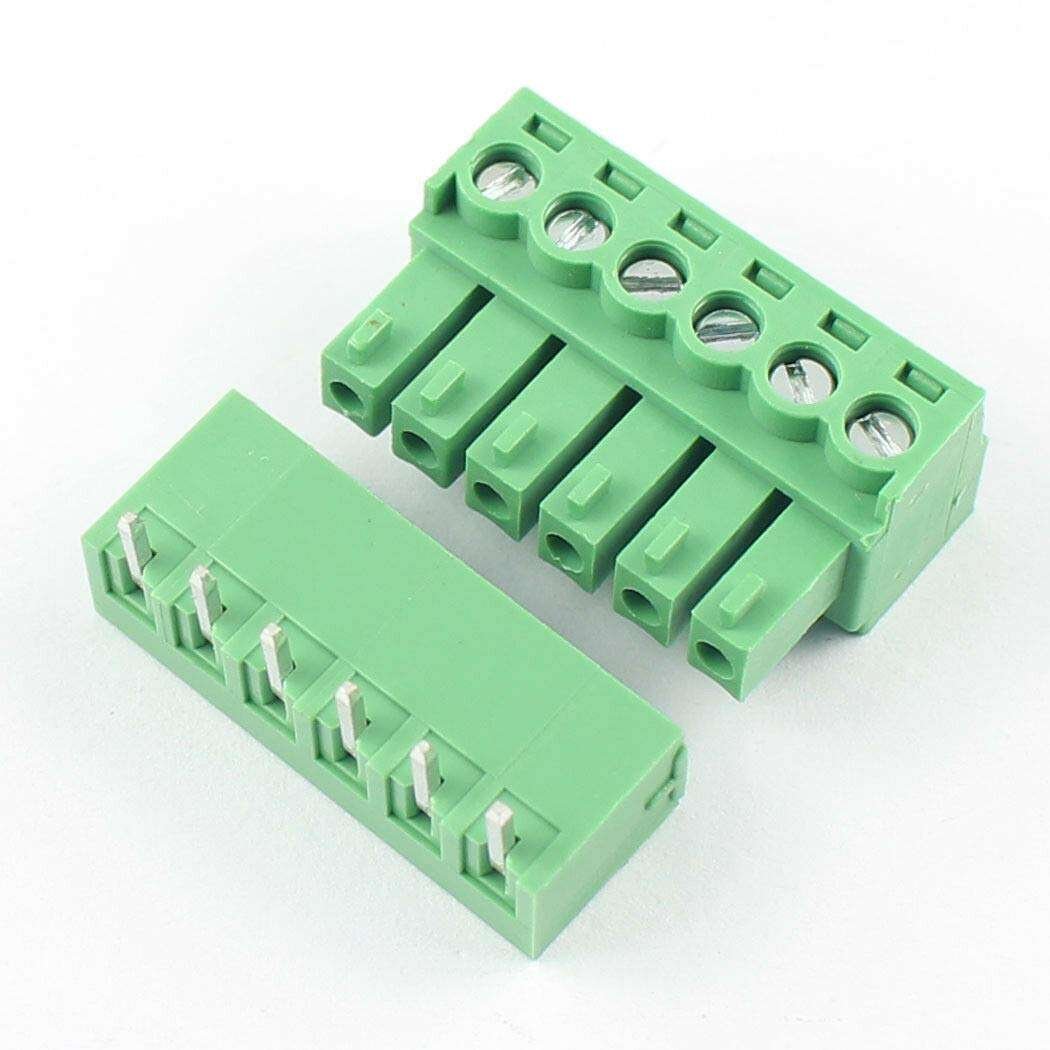


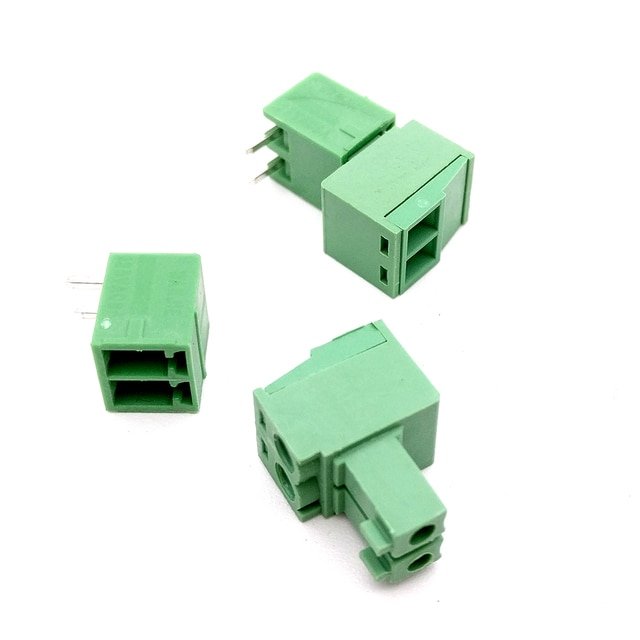

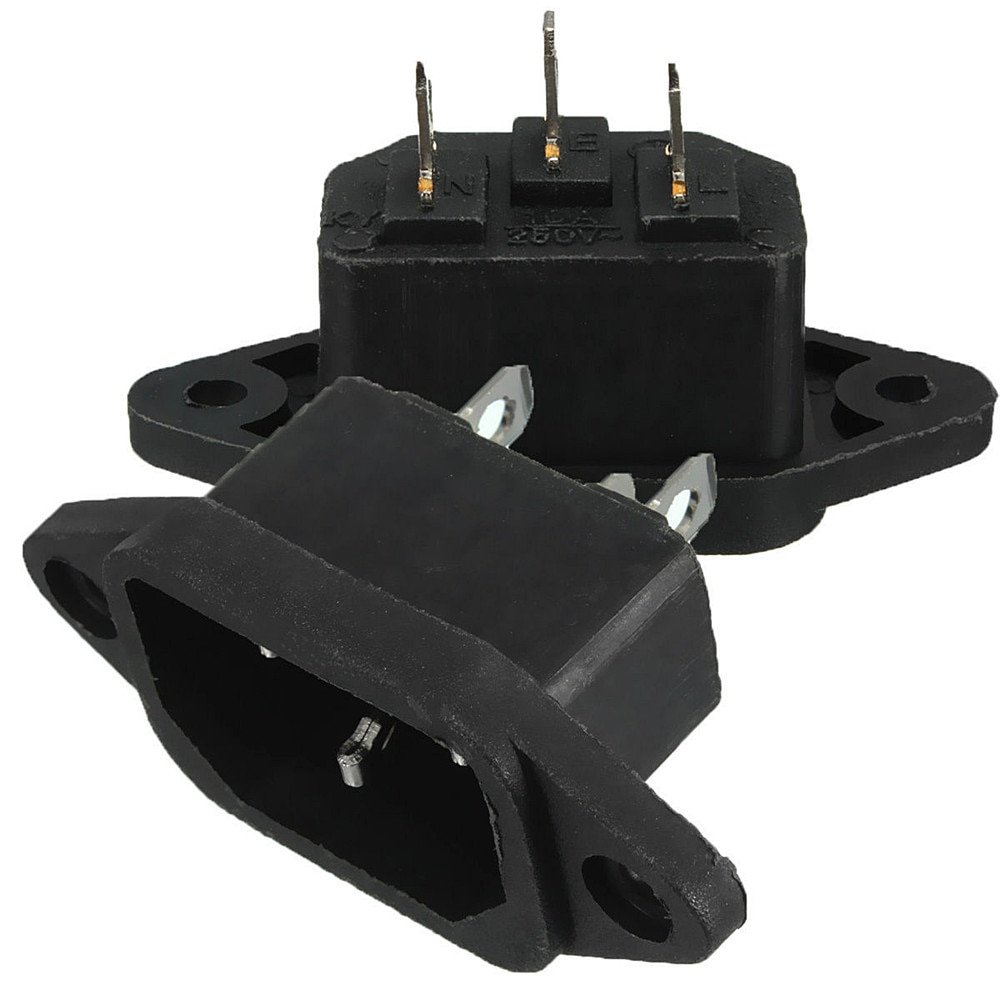
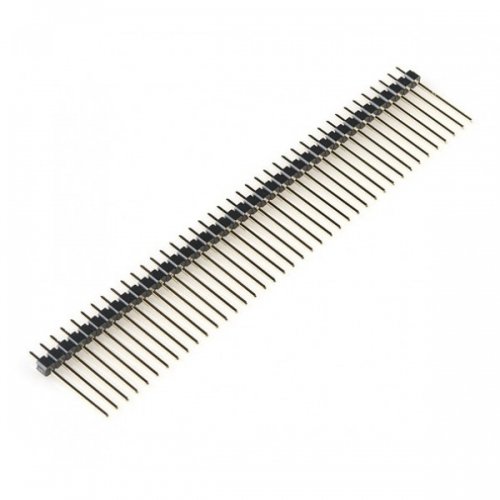

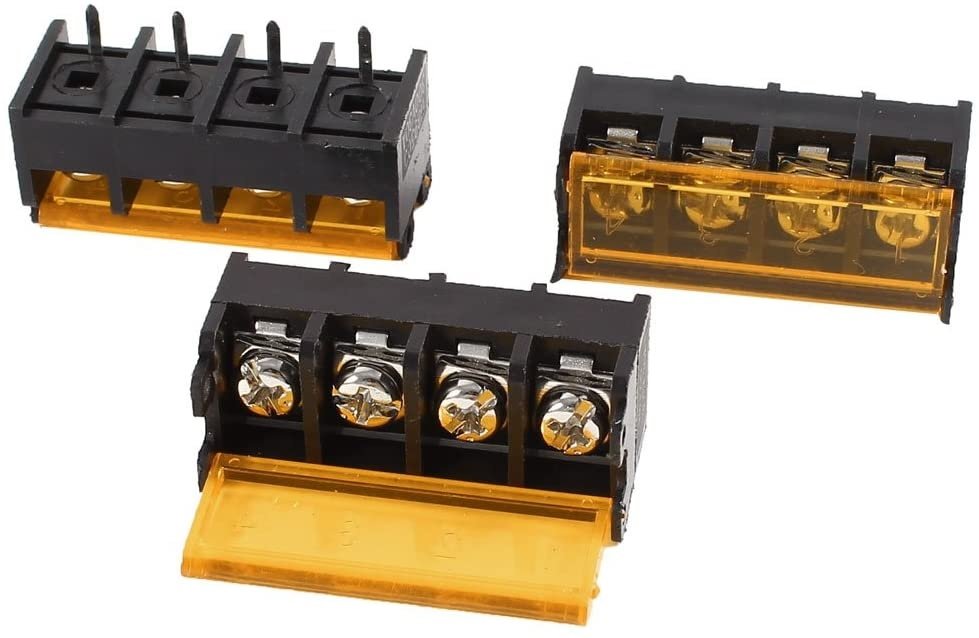
Reviews
There are no reviews yet.